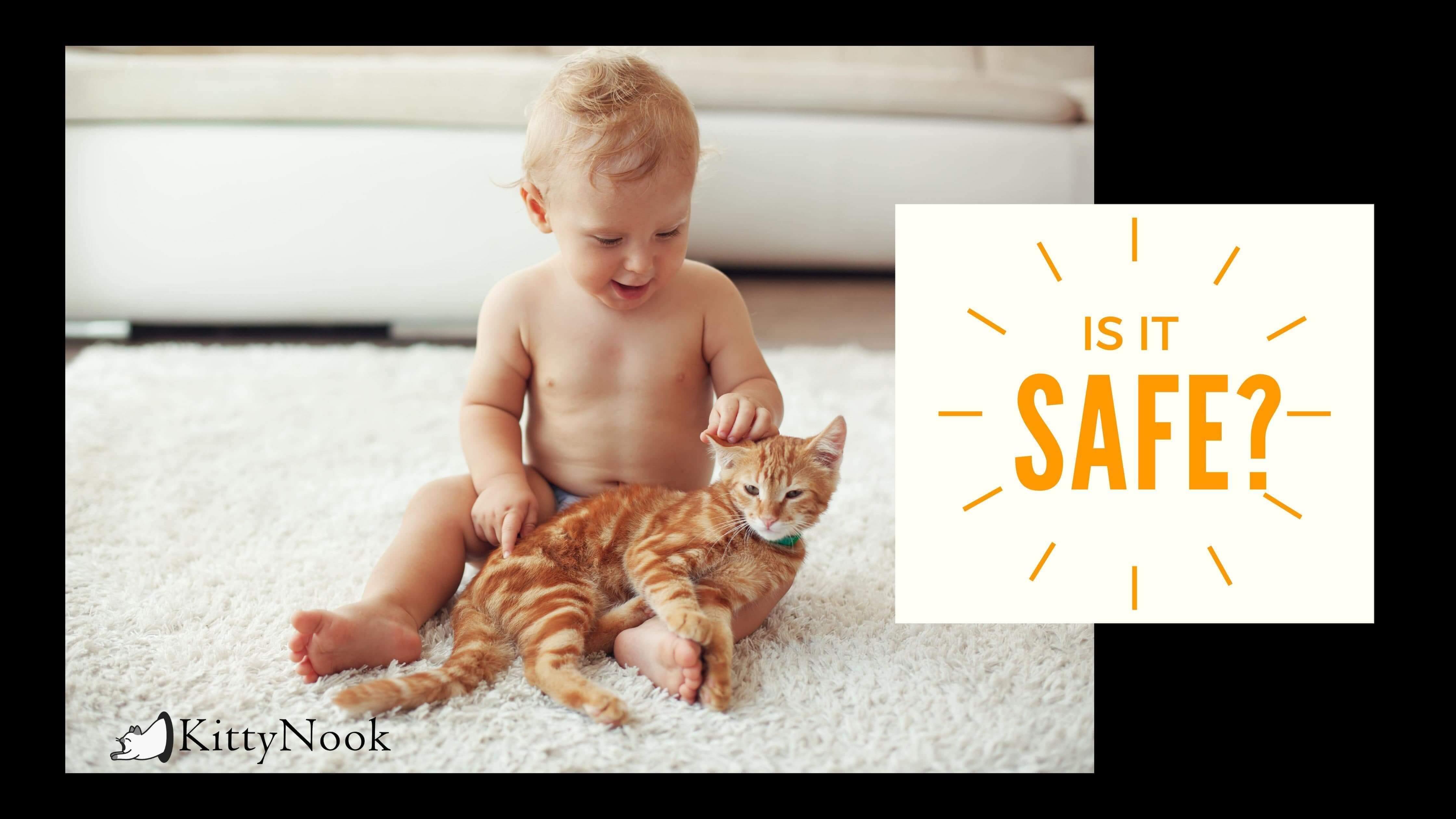Cats enjoy the extra love and attention that kids offer, so it might not be shocking to know that cats are often an exceptional influence on kids of every age. Discover more about keeping felines and children content, plus some advice on adopting a cat when you have young kids.
Cats and children: the Benefits
A 2018 Cats Defense study found that 96% of individuals identified the advantages of having youngsters grow up with cats. Individuals surveyed concurred that kids with cats learn about empathy for living things. They likewise discover a great deal about responsibility.
Children see their cats as an ally and learn lots of terrific lessons about compassion, caring, and enjoying through their feline companion. Particularly for an only child, a feline can give friendship and companionship. Some kids will also likely share their feelings with their family pet rather than an additional individual.
If that isn't sufficient to persuade you, children also physically benefit from their feline friends as it introduces plenty of play opportunities. Additionally, pet ownership can provide a source of joy in moments of recuperation and rehabilitation from injuries. And likewise in normal sadness.
Researches likewise show that direct exposure to animals during infancy may dramatically decrease the danger of developing bronchial asthma and also various other allergic reactions in their later childhood. Grade school kids from pet-owning families have reduced absenteeism as a result of sickness.
Caring for Cats
The power of example is the best method for your children to learn how to take care of their feline friends. If you treat your cat kindly and with respect, it is most likely that your kids will do the same. This also works otherwise.
Later on, when your kids can currently recognize, clarify that felines wish to be left alone when eating or resting. Tell them that it frightens cats when people yell, make unexpected movements, or attempt to grab them. You can also clarify to them the indications of an unhappy feline: the swishing tail, the shaken-up hair, or hissing to prevent doing things that will undoubtedly distress their animals.
One sure thing that your children will certainly take pleasure in is taking care of their pet dog, so encourage them to feed, groom, and also have fun with your guidance and help.
Creating Safe Spaces
In addition to their litter trays, pet cat food should always be out of reach of young children. Pet cats like to protect their secure and quiet places, and most likely much more so when kids are around. Ensure that your cats have safe rooms that are preferably overhead—an example of this KittyNook's Nancy Sway Feline Bridge. You can educate your kids that Nancy is the cat's area, so stay clear of it when they're lounging in there. Similarly, inform youngsters to prevent touching the cat when they're sleeping, eating, or utilizing their clutter tray.
Cats and Babies
Cats usually are tremendous and also behaved around infants; however, keep in mind that changes in regimens and way of life may prove disturbing for pet cats. You can prepare them by taking some of these steps:
- You're not likely to have the very same amount of playtime when the infant gets here, so it would be wise to begin decreasing their play to handle expectations.
- Train your pet cat to stay clear of the baby room.
- Relocate feeding bowls and litter trays to their new places gradually so as not to shock them.
- Your feline will certainly require at least three months to obtain accustomed to the brand-new infant.
As the baby is a brand-new addition, your pet cat will likely sniff around, especially on day one. Don't be worried if your feline smells your baby's feet or stands guard by the cot. Remember that not all pet cats love babies, and some may ignore babies altogether.





















